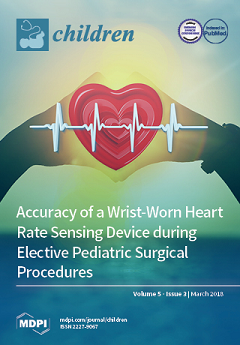Asthma is one of the most common chronic disorders among children. Zinc (Zn) is an essential dietary antioxidant and may have a special role in assisting the airways of asthmatic subjects. The primary objective of this study was to measure serum Zn levels among asthmatic school children and to compare this to the serum Zn level in non-asthmatic children. The secondary objective was to investigate the relationship between Zn levels and the degree of asthma control. A cross-sectional study following forty asthmatic children and forty matched non-asthmatic children of both genders was conducted. Weight, height, body mass index (BMI), BMI Z-scores, serum Zn, hemoglobin, total protein, and albumin concentrations were measured in both groups. Serum immunoglobulin E (IgE) levels, the forced expiratory volume in 1 second (FEV1), and dosage of inhaled steroids were measured in asthmatic school children. The results show the mean Zn level among asthmatic children was 12.78 ± 1.8 μmol/L. Hypozincemia was detected in four asthmatic children. Asthma and control groups were matched in age, gender, and BMI Z score (
p > 0.05). No significant difference was observed in Zn levels, hemoglobin, albumin, and total protein between both groups (
p > 0.05). Among asthmatics, Zn levels were not significantly associated with the degree of asthma control (well controlled, mean Zn = 12.9 ± 1.5, partially controlled, mean Zn = 11.9 ± 1.6, and uncontrolled, mean Zn = 3.62 ± 2.2) (
p = 0.053). The Zn level was not correlated with the FEV1 Z score. There was no significant association between Zn level and the dosage of inhaled steroids or IgE concentrations (
p > 0.05). The findings show that Zn may not play a major role in the degree of asthma control. Larger studies are needed to confirm these results.
Full article






